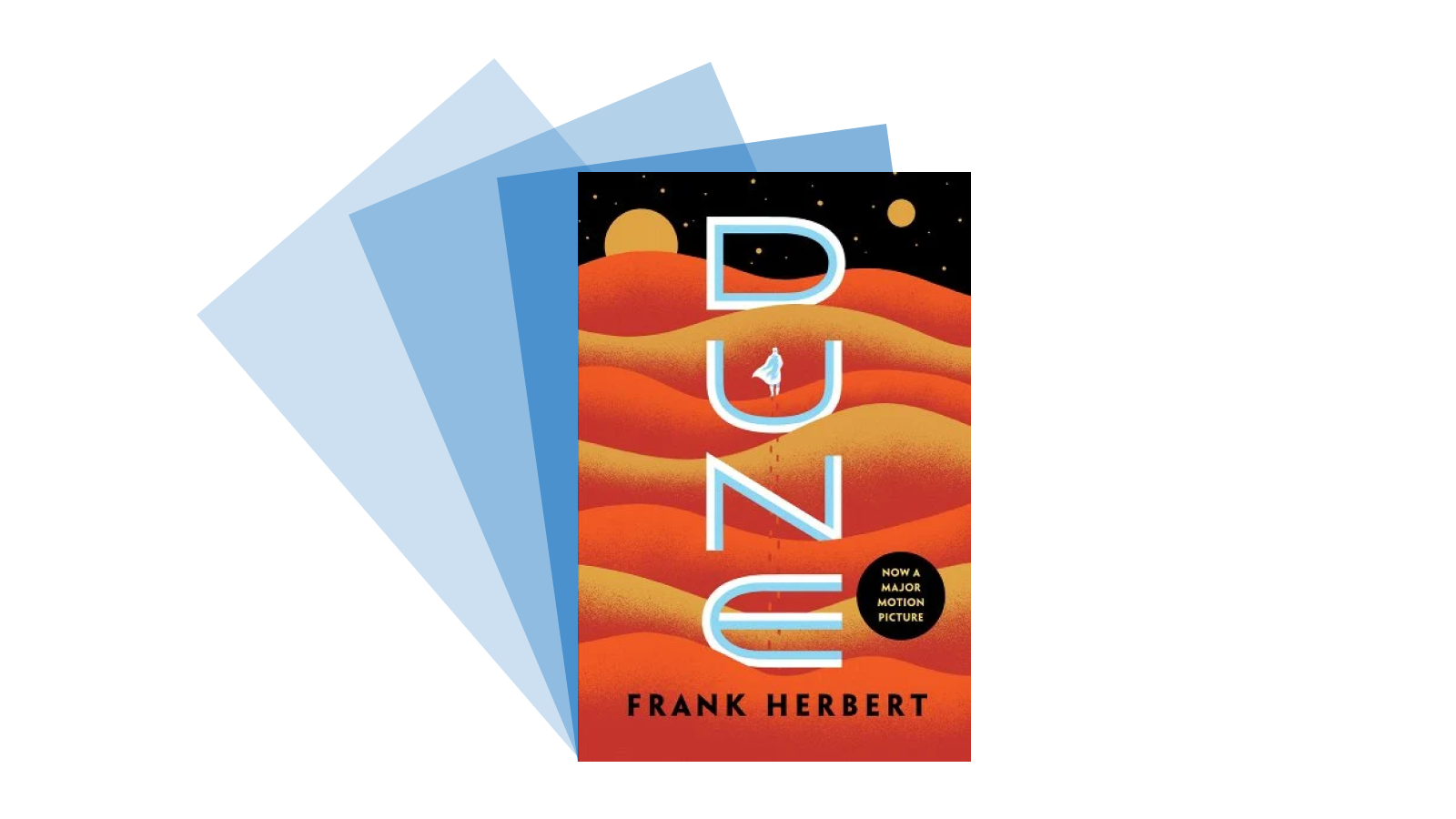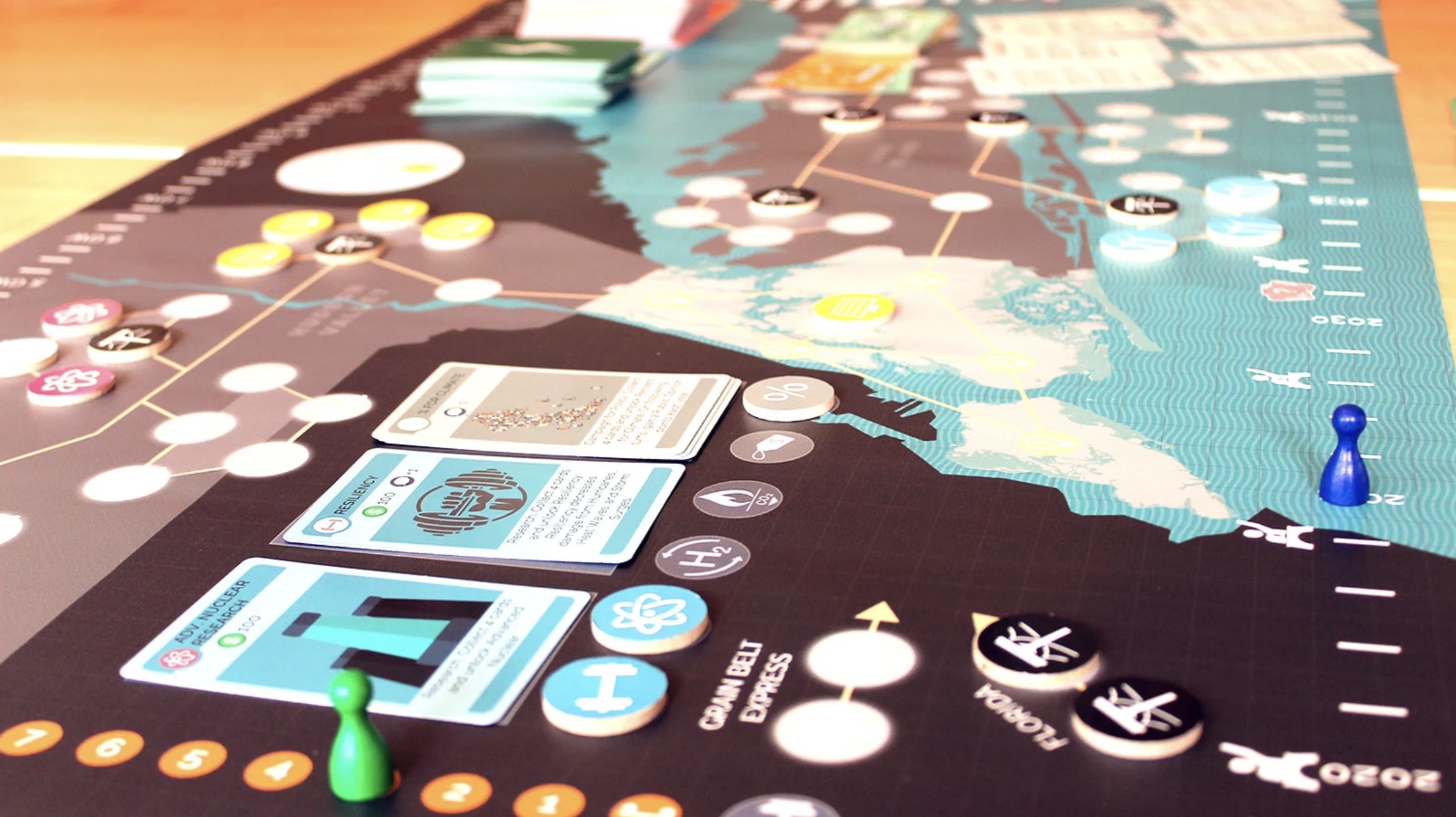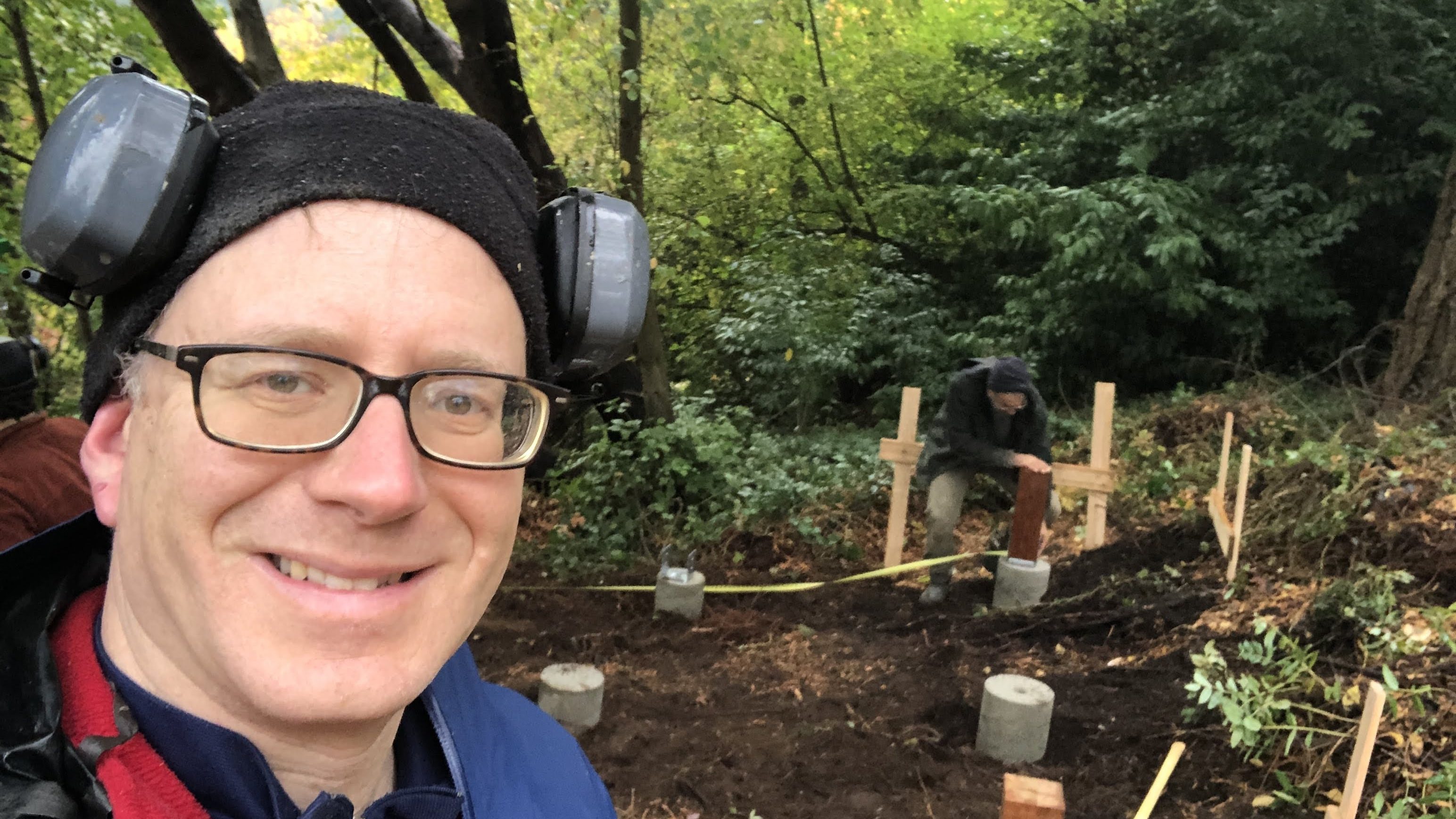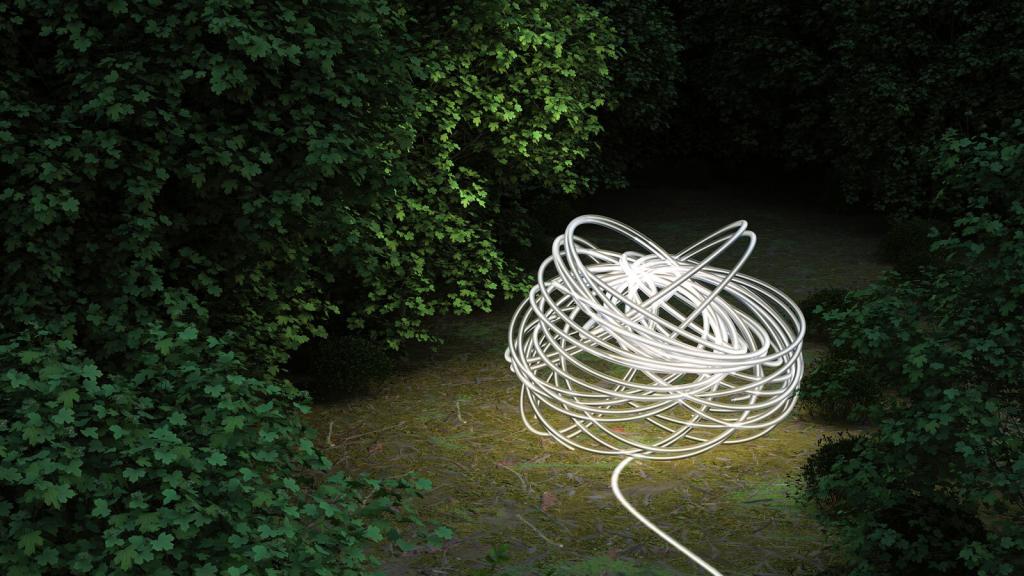I took the other week off to build — not a new program or online project, but to create with my own hands. A friend visited from a nearby island to help me construct a 12-foot-by-12-foot cedar shed to house our wood (and, OK, a sauna. Shh).
Yeah, we got drenched by an “atmospheric river,” but the result was worth it, constructing something from nothing, being in community with others while doing so, and using local materials throughout. Not bad for a midlife crisis.
Anway — not to throw a wrench in things — but that’s my clever narrative device to swivel to infrastructure week. It’s finally here, and there may be another one still to come! One nail, another nail, and soon you may have a whole new electric grid.
As always, please send me your own stories of impact (drivers) — and please hammer on your friends to subscribe to Shift Happens.
Chip Giller
Grist Founder & Creative Officer
@cgiller
Your new hero

Fixer Omar Hakeem knows something about building. He is the founder and principle of To Be Done Studio, which builds and designs spaces with community and sustainability in mind. Previously, he worked for the nonprofit organization buildingcommunityWORKSHOP, where he helped reimagine disaster relief to be more humane, sustainable, and efficient. We caught up with him on Thursday to chat about his recent work and what he’s excited about moving forward. (His responses have been edited for length and clarity.)
Q. Are there lesser-known elements of the infrastructure law and the Build Back Better legislation that you’re especially optimistic about?
A. Better bridges and better roads are going to support recovery, because we’re able to get people out of cities [during disasters]. That is a big part of the economic equity issues related to climate change and resilience — some people have less access to transportation and mobility. But it doesn’t really solve a problem.
I’m more excited about Build Back Better — [in particular] the contribution to community-development block grants, which is how a lot of grassroots projects and nonprofits get funded to do some of the planning efforts related to disaster recovery. That’s on the resiliency side of things. One of the other things I’m really excited about with the infrastructure bill is the increased broadband access. Recently, I’ve been spending a lot of my time working in rural communities. To do the work that we need to do in places that are a little further off the beaten track has been really hard. During shutdowns, there was a big shift to rural areas that may rely on broadband access to be able to maintain workforces locally. So I’m excited for rural infrastructure to be built out, and to connect such a large part of our country to the resources that others enjoy.
Q. What projects are you working on that get you out of bed in the morning?
A. In partnership with the National Endowment for the Arts and the Housing Assistance Council, which is a rural affordable-housing support organization, To Be Done Studio is leading the design efforts for the Citizens’ Institute on Rural Design. It’s a national design technical assistance program — communities from all over the country apply, and we’re able to work with between 20 and 25 communities every other year as part of our cohort. We tackle a broad range of design challenges. [For example], we’ve been working in the Pueblo of Laguna [in west-central New Mexico], on Indigenous land, on an arts and food market. We’re going down to Frederiksted, St. Croix, [a U.S. Virgin Island], working on a fish market, [where] climate change and global warming is front and center in [residents’] lives. Those projects are just getting started.
And I just back from Keene, New Hampshire, where they’re working on an arts corridor to help amplify and grow the local identity of their community. We’re also working on an adaptive reuse of a school in Midway, Alabama, to a community hub for local businesses.
Q. What trends are you most excited about in your space?
A. To me, the way I grew up into the sustainability movement when it comes to design and building, it was very much about performance, it was about efficiency. It was about buildings having these standards. We talked all about that stuff and we didn’t talk about people all that much. We just talked about how the buildings were going to operate.
Now we’re able to unpack and understand how buildings support or challenge social conditions — and therefore better understand what the impacts and results of those buildings are. We’re really taking into consideration, in a deep way, users of buildings, people that are living in and around buildings, the communities that interact with them. We’re also doing that in a way that’s recognizing a much wider cross-section of our population. I’m really excited about how we are connecting and understanding the social issues that are inherently connected to environmental sustainability, climate change, and resilience.
Your reading list

Yes, the movie is a sensation of visual and aural wondrosity, but its release caused me to go back to the original source and pick up the book Dune for the first time since I was a teenager. And I was swept away by how completely author Frank Herbert envisions a society that has adapted to its ecological realities and constraints (in this case, an utter lack of water) and how the 56-year-old book almost reads like today’s news, given the climate disruptions we’re now experiencing almost daily. Writer Helen Macdonald, in a lovely piece, had a similar reaction to the movie.
Since rereading the book — the same weathered copy I picked up in a used bookstore back in the day — and watching the movie, I’ve been appreciating pieces like these that challenge storytellers and audiences to go beyond Herbert’s critique of White systems of power to consider different and better alternatives, including those rooted in Indigenous knowledge. Here’s a vote for reading the book itself, as an amazing work of its time and as a challenge to consider other visions of the future to inspire our build-back-better (who came up with that awful name?) plans of today.
Your pick-me-up
- I’m just a bill. The infrastructure bill signed by President Biden this week is a mixed bag, with its focus on conventional transportation, but happily it includes an unprecedented amount of money to protect communities against droughts, heatwaves, wildfires, and floods, replace lead pipes and dirty school buses, and expand transit and rails. (Speaking of infrastructure, you gotta check out these solar panels covering a bike path amidst a highway in South Korea — America has its work cut out for it.)
- “Paris exists to remind you that all your dreams are real.” In the era of climate change, the city of love and of lights may be the one to watch as a model of transformation. Over the last month, Mayor Anne Hidalgo filled in the details of her plan for Paris to be 100 percent bikeable by 2026. Between now and then, 112 miles of separated bike lanes will be established and bike parking spots will triple to 180,000; just as important, the city is focusing on changes that relate to community, not just hard infrastructure, gearing up to teach more kids to ride bikes and establishing self-repair bike workshops in neighborhoods.
- iRepair. In a big win for the right-to-repair movement, Apple this week did an about-face and said it would begin to treat its customers like adults, letting them repair their own devices.
- Helping lands. Black farmers in Detroit have turned blighted vacant lots into vital food sources. Now, a new land fund is opening the door to enduring ownership of those properties.
- Fleet street. Hertz has placed an order for 100,000 Teslas as a first step toward electrifying its fleet of rental cars, the largest single purchase of electric vehicles ever.
- Looking forward. Another plug to subscribe to Fix’s biweekly, hope-filled newsletter, Looking Forward, written by my delightful colleague Claire Elise Thompson. The two editions so far have covered the power of community and the history of the environmental-justice movement.
Your weekend plan
Are you game?

As you prepare to slice your Tofurky this week, consider celebrating also with one of the growing collection of board games that revolve around climate change and sustainability.
- In classic resource-building games like Settlers of Catan and Agricola, for example, players compete for points based on the success of their mini-civilizations, but are constrained by factors like space and the resources required to build or sustain certain things.
- Catan also has a couple of climate-centric expansions: Crop Dust, which focuses on seed storage, and Oil Springs, which introduces a pollution twist.
- Pre-Covid 19, my colleague Nathanael Johnson hosted a game night with a group of Bay Area climate wonks (including Fixers Etosha Cave, Sam Arons, and Elena Foukes). The game of choice: Energetic, a cooperative game made by the creators of Pandemic (um). Players take turns as roles with special abilities — a politician, an entrepreneur, an engineer, a journalist, and an activist — working together to build a clean energy supply for New York state.
This may all sound a bit too much like the actual game of life (a group of intersectional solutionaries working in synergy to solve the planet’s biggest problems … where have I heard that before?), or, I dunno, propaganda for your less climate-aware friends and relatives. But, trust me, this stuff can be wicked fun, too. Game on.



